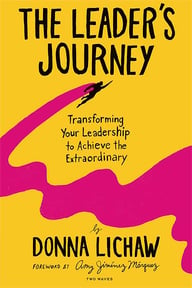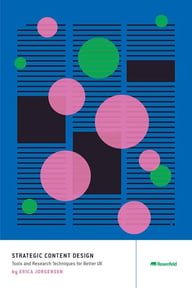Summary
The design establishment is rooted in the same inequities rampant throughout our societies. In civic design it is especially critical we adopt inclusive and equitable methods to best accommodate the varied realities of the People we serve. Let's spend time reflecting on the sources of our design practices, who benefits, who is harmed, and who is included/excluded. Who has power? What about the key performance metrics our government agencies monitor? Why are existing approaches problematic? Where are the roots of these issues, and when did things change? How do we get started with more humanity-centered approaches? Here are key steps to tackle processes and address inequity, unconscious bias, privilege, oppression, etc. that come from the roots of our established design systems, to invite a method of 'Design By' that empowers the People we serve. Let's leave no one behind.
Key Insights
-
•
Designers have the power to include or exclude voices in the design process.
-
•
Moving from a 'design for' to a 'design with' approach is essential for equity.
-
•
Design equity means aiming for equal outcomes, not just equal access.
-
•
Empathy and understanding are crucial for effective design practices.
-
•
Continuous learning is important; attending workshops can help enhance understanding of inclusivity.
-
•
Design processes should empower those being served, fostering collaboration over hierarchy.
-
•
Systemic issues like colonialism impact the values and priorities in design.
-
•
Katie Ford Williams' quote emphasizes the need to care about the full range of human experience.
-
•
Evaluating one's own biases and privileges can shift how design decisions are made.
-
•
Participatory design methodologies invite all stakeholders and create equal opportunities for input.
Notable Quotes
"I wish it showed up on my screen, so anyway, thank you very much for attending today."
"Designers have power; we get to decide who gets heard and who gets excluded."
"Equity is equal outcomes, not just equal access."
"If we don't show that we care about the full range of human experience, how do we expect change?"
"Designing with rather than for creates a shared power dynamic that is essential."
"The absence of empathy and understanding is what causes a lot of our pain here."
"We must hire for lived experience to truly reflect the communities we serve."
"It’s all about evaluating what's valued and who is impacted."
"Design justice is a movement toward understanding the complexities of inclusion."
"We need to prioritize people over profit in our design practices."
















More Videos

"Inexperienced researchers risk putting invalid AI outputs into corporate knowledge bases."
Dr. Jamika D. Burge Nick Fine Alexandra Jayeun Lee Greg Nudelman Bo WangHow UX researchers can partner with (and not be replaced by) AI [Advancing Research Community Workshop Series]
August 31, 2023

"Cleaning house in a repository is essential to prevent overwhelming stakeholders."
Jake BurghardtStop wasting research: Create new value with insight summaries
July 9, 2025

"Don't underestimate how much your topic will become tied to your work persona."
Louis Rosenfeld Jemma Ahmed Christian Crumlish Uday Gajendar Chris GeisonCoffee with Lou #3: What Makes for a Successful UX Conference Presentation?
May 2, 2024

"Acknowledging discomfort can be essential for growth in both leadership and research."
Nalini P. KotamrajuTwo Jobs in One: Being a “Leader who is a Researcher” and a “Researcher who is a Leader"
March 10, 2021

"This isn't just a design method; it's a comprehensive approach to market innovation."
Jim KalbachJobs To Be Done
February 25, 2021

"If we want to be trauma-informed, we need to challenge systems that perpetuate trauma, not just reform them."
Rachael Dietkus, LCSW Uday Gajendar Dr. Dawn Emerick Dawn E. Shedrick, LCSWLeading through the long tail of trauma
January 1, 1970

"Building relationships with our internal partners may well be the highest leverage aspect of our jobs."
Bob BaxleyTheme 4: Intro
January 8, 2024

"When teams are trained in design thinking, they are measurably more aligned, efficient, and agile."
Doug PowellClosing Keynote: Design at Scale
November 8, 2018

"It's about making researchers and designers more efficient and highly performant."
Jon FukudaTheme One Intro
September 8, 2022
















